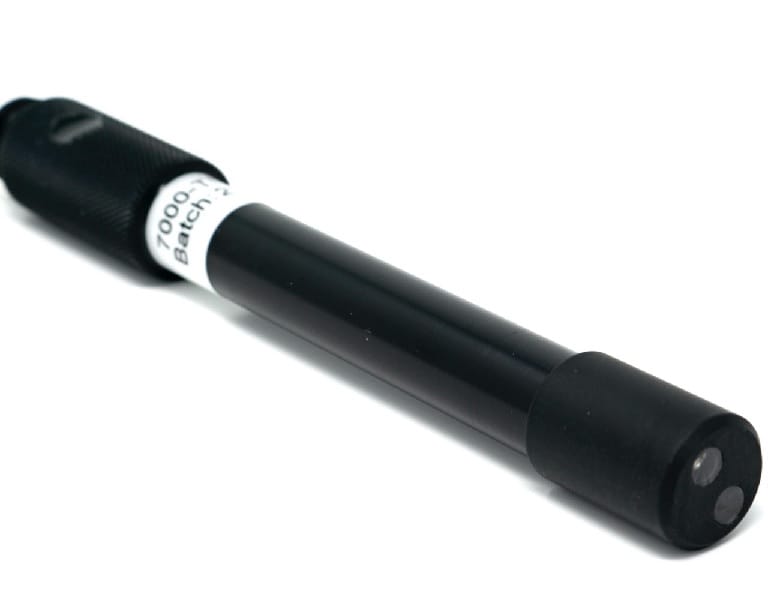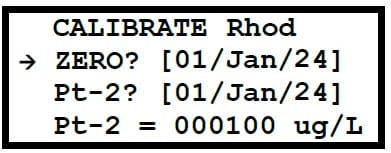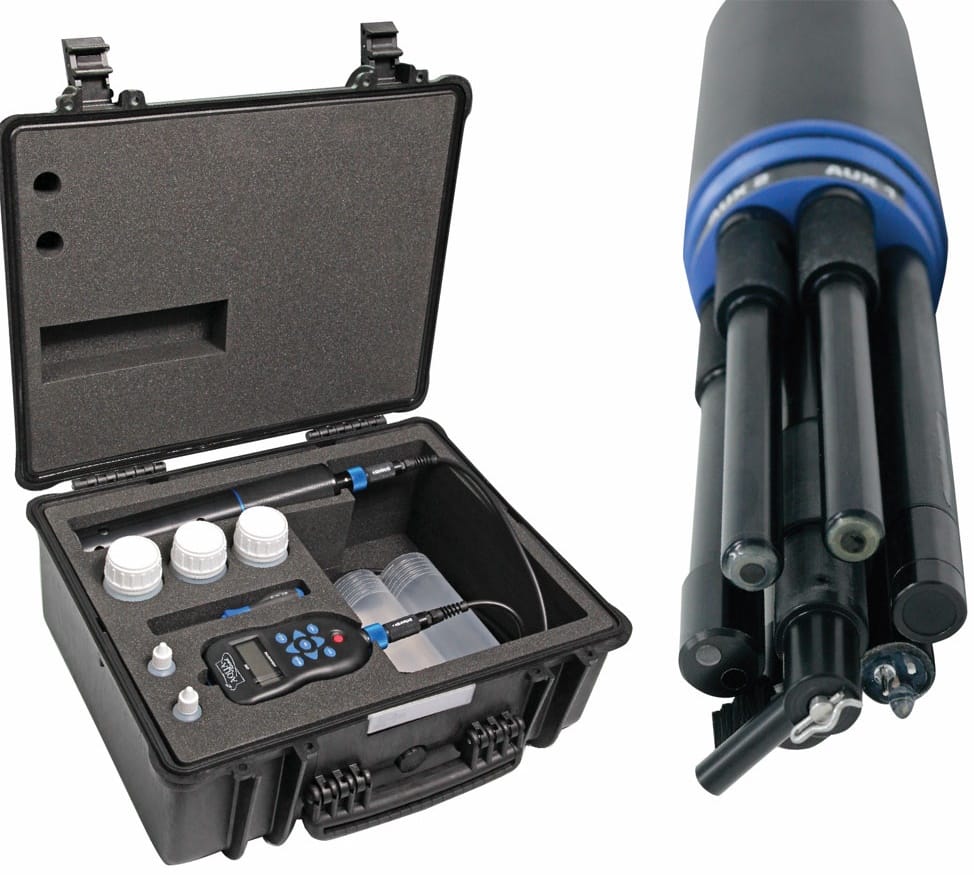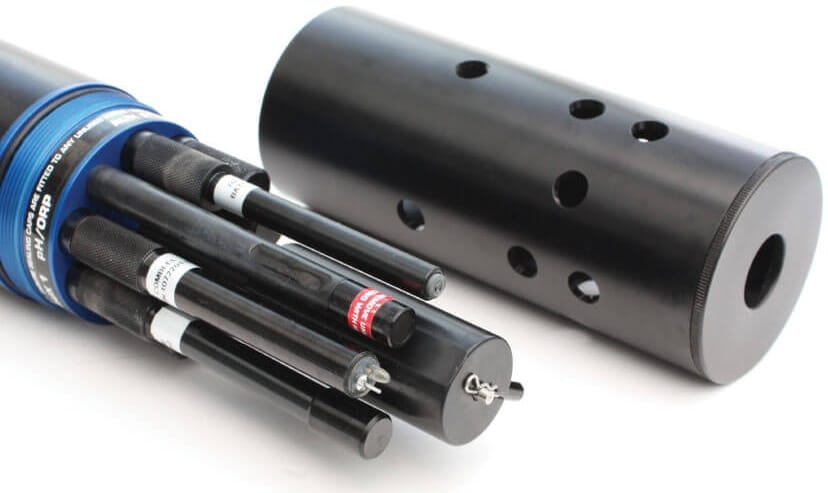Description
Phycoerythrin (PE) is a red-orange pigment found predominantly in cryptophytes (a group of unicellular algae) and some species of cyanobacteria (blue-green algae), particularly those adapted to low-light conditions. While chlorophyll indicates general algal biomass, phycoerythrin provides a more specific marker for these particular photosynthetic organisms, offering insights into distinct algal populations.
Why is Phycoerythrin Monitoring Important?
Monitoring phycoerythrin levels is valuable for several reasons in water quality assessment:
- Specific Algal Identification: Unlike chlorophyll, phycoerythrin helps to differentiate and quantify the presence of specific algal groups like cryptophytes or certain cyanobacteria strains, which might have different ecological roles or toxicity profiles.
- Early Detection of Specific Blooms: High phycoerythrin concentrations can indicate the onset or presence of blooms dominated by cryptophytes or certain types of cyanobacteria that produce this pigment.
- Ecological Insights: Cryptophytes, often associated with nutrient-rich waters, can influence nutrient cycling and oxygen levels. Monitoring PE helps in understanding the ecological dynamics of a water body.
- Drinking Water Quality: Cryptophytes can be a concern for drinking water treatment as some species can contribute to taste and odor issues, or their presence might indicate broader water quality changes impacting treatability.
- Mixed Algal Blooms: In complex algal communities, PE monitoring, alongside chlorophyll and phycocyanin, provides a more comprehensive picture of the different algal groups present, helping to distinguish between a general algal bloom and one specifically dominated by PE-containing species.
How the Phycoerythrin sensor works
A phycoerythrin sensor quantifies the presence of this pigment based on its unique fluorescence properties. The sensor operates by emitting a specific wavelength of light, typically in the orange-red spectrum (e.g., around 530nm), into the water sample. This particular light excites the phycoerythrin pigment found exclusively within cyanobacteria. The excited phycoerythrin molecules then fluoresce, re-emitting light at a distinct, longer wavelength (e.g., greater than 570nm). A sensitive detector measures the intensity of this emitted fluorescence, with the intensity being directly proportional to the amount of phycoerythrin present, thereby providing a real-time measurement of cyanobacterial biomass.
The Aquaread Phycoerythrin sensor, for use with the AP-6000 or AP-7000 probe, use an excitation at 520nm and then detects the resultant fluorescence above 575nm. This will not be as accurate as lab tests that use cell counting or molecular Phycoerythrin extraction from cells, but can provide a good indication of increasing or decreasing concentration in combination with Grab Sampling data.
When to use the sensor
Phycoerythrin monitoring is a valuable tool for detailed water quality assessment, especially when there’s an interest in specific algal populations or when distinguishing between different types of blooms. Its use is particularly relevant for:
- Targeted Algal Bloom Identification: When there’s a need to identify and quantify cryptophytes or specific phycoerythrin-containing cyanobacteria, which might have different implications for water treatment or ecological health than other algal groups.
- Drinking Water Source Management: For water treatment facilities, monitoring PE can help anticipate and address potential taste and odour issues or filter clogging caused by cryptophytes.
- Eutrophication Studies: Understanding the composition of algal communities in nutrient-enriched waters, as cryptophytes can be significant contributors to biomass in such environments.
- Ecological Research: For scientists studying primary productivity and the dynamics of diverse phytoplankton communities in lakes, rivers, or coastal waters.
- Environmental Impact Assessments: In situations where specific algal groups are indicators of pollution or ecosystem disturbance, such as assessing the impact of wastewater discharge.
- Complementary Algal Monitoring: Used in conjunction with chlorophyll and phycocyanin measurements to provide a more holistic understanding of the overall algal population and the specific groups dominating it.
7000-BGA-PE Electrode
The 7000-BGA-PE electrode is a Blue Green Algae sensor designed for use in Marine Water and connection with the AP-6000 or AP-7000 water quality probe from Aquaread. It is designed to give a measure of phycoerythrin in marine water. It achieves this by emitting light into the sample and measuring the Fluoresce light re-emitted by cyanobacteria in the sample. This fluorescence measurement techniques is not ideal for quantitative measurements, but can be used to get an indication of increasing or decreasing concentrations over time at a given location.
Automatic Cleaning Mechanisms on AquaProbe
Both the AP-6000 and AP-7000 AquaProbes include automatic cleaning mechanisms which are incredibly beneficial for any optical sensor. The brush and wipers are critical because they:
- Prevent Biofouling Build-up: By periodically wiping the optical surfaces, they physically remove algae, biofilm, and other organic matter before it can significantly impact readings. This is especially crucial for long-term deployments.
- Dislodge Air Bubbles: The wiping action effectively dislodges any trapped air bubbles that might cling to the sensor’s surface, ensuring a clear path for light transmission and reception. Air bubbles are a common issue in turbulent waters or when probes are initially deployed.
- Maintain Accuracy: By keeping the optical windows clean, the cleaning mechanism ensures the sensor’s readings remain accurate and reliable over extended periods, reducing the need for frequent manual cleaning and site visits.




